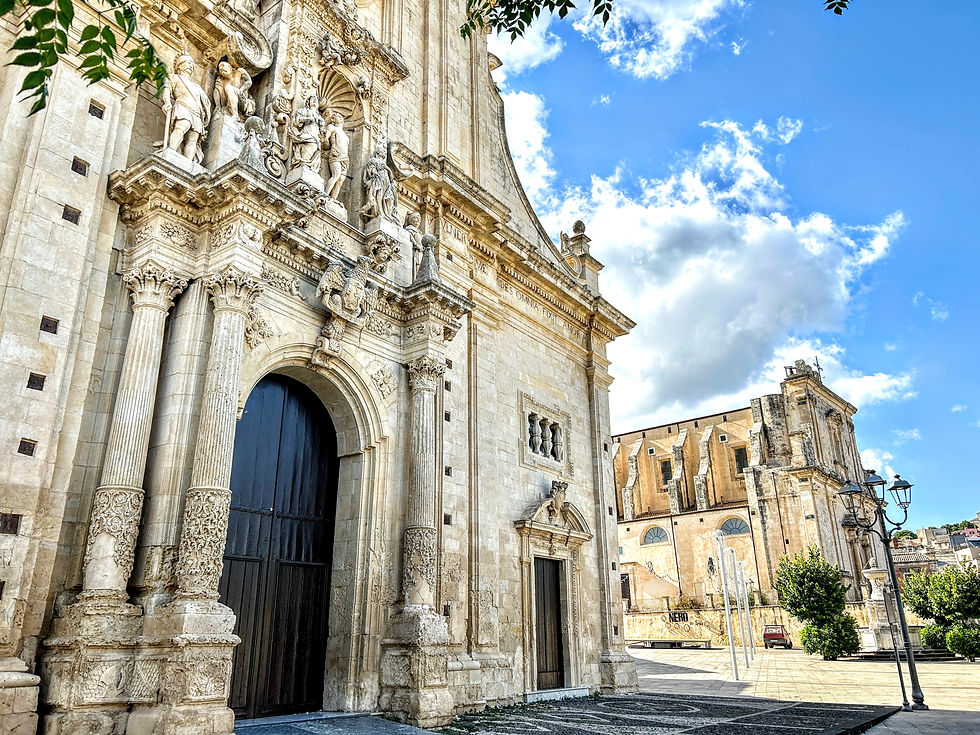Capital of the Pistoia Mountains, a title won above all by hosting the body of Santa Celestina, the Patron Saint of the Pistoia Mountains. Its patronal feast involves everyone with the traditional balloon launch... #tuttitaly
For centuries, San Marcello can be defined as the natural capital of the Pistoia mountains, a title that was won by hosting the Captain of the mountain, but above all by hosting the body of Santa Celestina - the patroness of the Pistoia mountains.
The patronal feast of San Marcello Pistoiese is celebrated on September 8th and involves all the inhabitants of the mountain with the formal launch of the hot air balloon. Popular tradition has it that if the balloon launched for Santa Celestina manages to pass the bell tower, it indicates a lucky and prosperous year; if, on the other hand, it fails to pass the bell tower, then the year will be unlucky and full of misfortunes.
In 1939, the balloon did not rise from the ground and caught fire on the square. The event took place at the dawn of the Second World War.
The Church is the most evocative element of the country. Despite the modernizations it has undergone over the years, the building retains many original Romanesque elements that blend perfectly with the most recent changes.
In the village, there are two other smaller churches: the church of Santa Caterina and the church of San Rocco.
In the center of the village, it is still possible to cross the ancient city gates. One, in particular, was decisive in the history of Italy. Francesco Ferrucci headed for Gavinana, decided to detour to punish San Marcello. He plundered the town and set it on fire; the town gate is still called Port'Arsa in memory of that event.
Ferrucci could not reach Gavinana quickly enough to take refuge within the friendly walls because he was defeated: in a certain sense, San Marcello was fatal.
Near the door is the stone fountain of the sixteenth century, which seems to have been moved at least three times during the works for constructing the Ximeniana road. Later, Grand Duke Pietro Leopoldo had the loggia built. Here travelers and merchants could find shelter and trade. The loggia is located in the town square.


























Comments